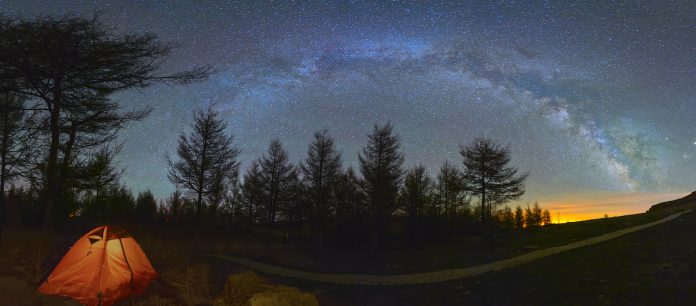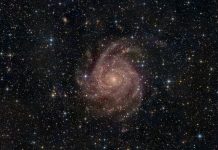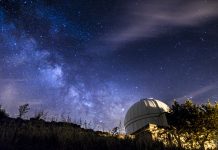A new proposal involving UK scientists has been shortlisted by NASA as part of its next major astrophysics mission, potentially worth $1 billion
The project named PRobe far-Infrared Mission for Astrophysics (PRIMA), hopes to deepen our understanding of the Universe by exploring far-infrared wavelengths of light.
Exploring the mysteries of the universe
PRIMA has earned support from a UK consortium that includes RAL Space, the University of Sussex, Imperial College London, and Cardiff University. The astrophysics mission will use a 1.8-meter telescope designed specifically for far-infrared imaging and spectroscopy, making it a crucial tool for answering some of the universe’s most pressing questions. This mission would use the capabilities of current observatories like the James Webb Space Telescope and radio telescopes, creating a unique perspective on cosmic phenomena.
By focusing on far-infrared wavelengths, PRIMA looks to investigate the origins and development of key cosmic elements, including planets, supermassive black holes, stars, and cosmic dust. This research could show important processes that shape our universe.
The next steps for NASA
The UK team leading the effort is based at the University of Sussex and has received funding from the UK Space Agency. RAL Space is responsible for developing the ground segment of the mission, which will handle data processing and analysis. This collaboration highlights the important role that UK scientists are playing in advancing this ambitious project.
In the competition for this significant NASA mission, PRIMA encounters another proposal called the Advanced X-ray Imaging Satellite (AXiS). Both projects will receive $5 million each for a 12-month mission concept study, allowing them to refine their plans. The final selection will be made by NASA in 2026.
If chosen, PRIMA will mark the first mission since the Herschel Space Observatory, launched in 2009, to focus on far-infrared wavelengths. This opportunity comes at a time when the scientific community is keen to explore the distant, dusty regions of the universe that have remained largely unstudied for over a decade.











